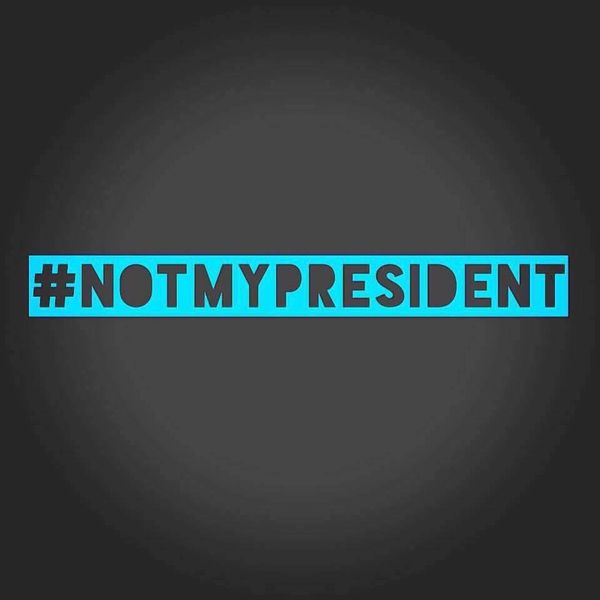If Donald Trump wins the presidential election in November, no one should be surprised. The initial shock of the businessman and reality TV star running for the highest office in the United States has long passed, and in the wake of laughter and mockery, Trump has taken advantage of the inherent clickbait articles covering him generate to gather more and more media attention.
The support (read: blame) for Trump is two-fold: it does not fall on the current situation in the white house or even his supporters, but the monopolizing media and apathetic Americans.
Make no mistake, this isn’t another post labeling the media as the “Big Bad” for creating Trump, but a small look instead at how the GOP nominee claimed that title thanks to the media. Jack Shafer from Politico writes, “The real origin is far more interesting: Trump artfully created the media that in turn created Trump the presidential candidate.” Trump is clearly a strong proponent of “no press is bad press” because, as Shafer also writes, “There’s just as good an argument that all this coverage will end up hurting Trump” because so much of the attention is negative. However, this has proved unlikely since the candidate continues to lead in the polls. Nate Silver also had high hopes in his “Donald Trump Is The World’s Greatest Troll” article from over a year ago, ending it with, “The only way to kill a troll like Trump is to deprive him of attention.” By now, the skewed coverage during the primaries and even after is undeniable. (Not that Hillary offered the media much news to work with, but that’s a story for a different time.)
From live fact-checking during events to charts presenting his changes in opinion to frivolous articles about his hands and hair, a good portion of the public has grown to hate him. But you can’t hate someone you don’t know, and thanks to all this coverage – favorable and unfavorable – it’s quite clear nearly every person in the United States has a good idea on who Trump is. Some other candidates would beg for that same level of name recognition.
On the other, more important hand, there are the complacent citizens. While the constitution grants one the right to vote or abstain, nonvoters allow for a candidate they do not even support to advance. Individuals who look at the state of the race and – understandably – sigh in exasperation over having to choose between “the lesser of two evils” simply don’t. Especially millennials, who feel like the whole election has turned into a joke. Interestingly enough, this election drew many nonvoters out of their homes and into the polls with the anti-establishment Trump and Sanders, but it appears those who may typically vote don’t have any desire to this time around (in addition to the citizens who “felt the Bern” but have now retreated in defeat).
Jason Fuller describes this election season in The Huffington Post as one “simply about America figuring out which candidate they hate the least, and which candidate will screw up the least before Election Day.” As cynical as this view is, it is unfortunately, a widespread one deterring people from the process altogether.
Yet, for idealists against Trump (and Hillary), there is hope yet. A closer look at the issues and histories of all the candidates – meaning popular third-party ones – may inspire voters to come out on November 8 after all. Check out the details in my next political post.






















